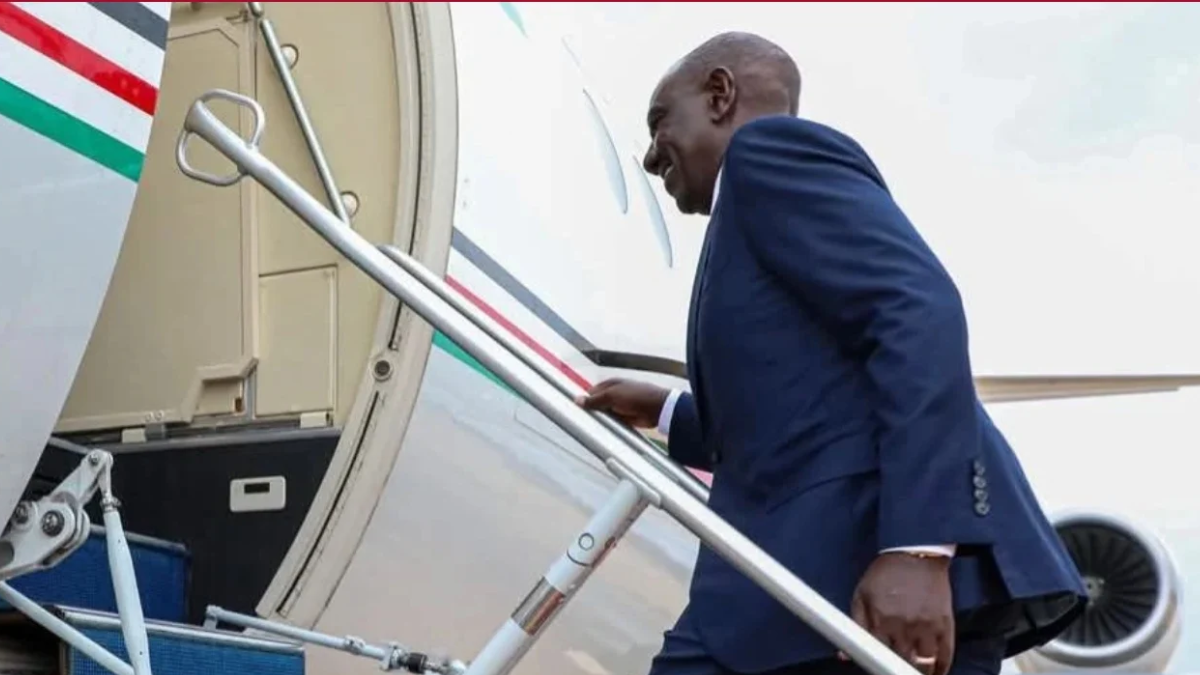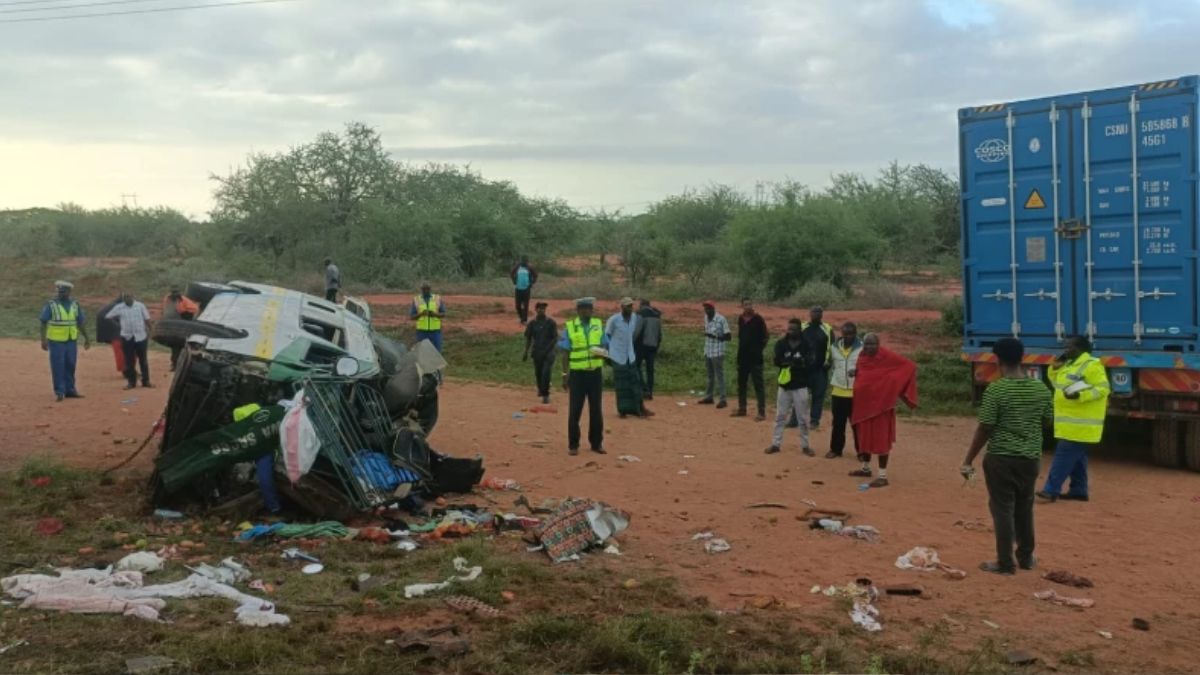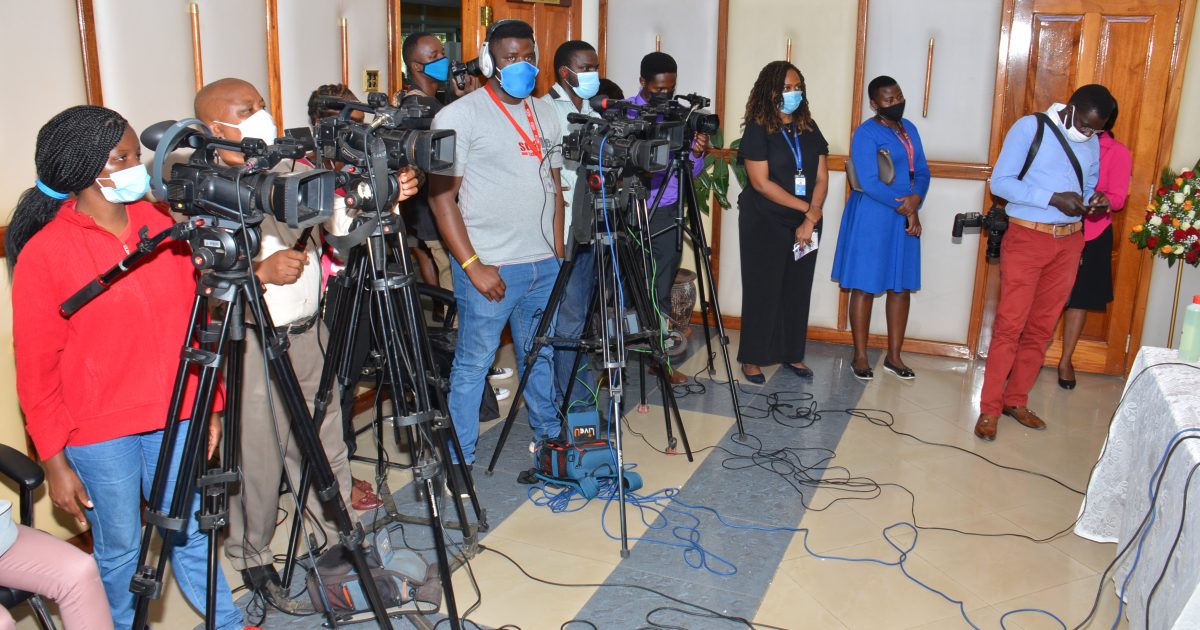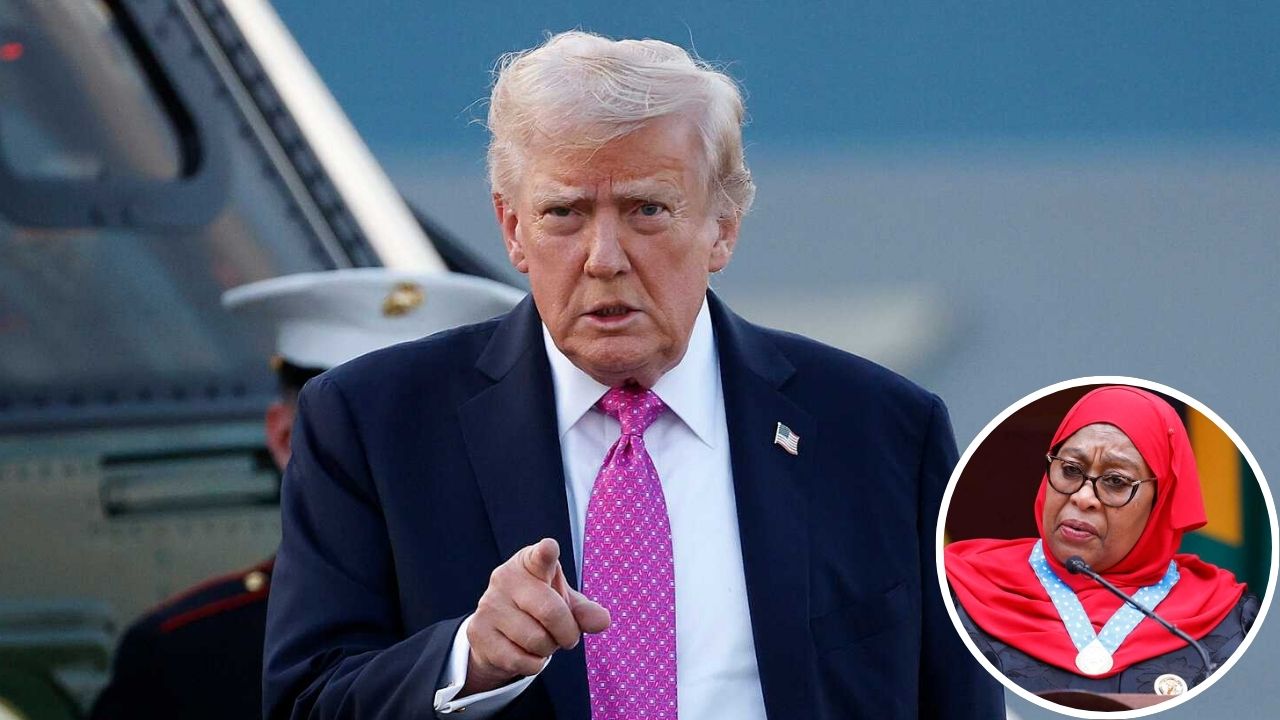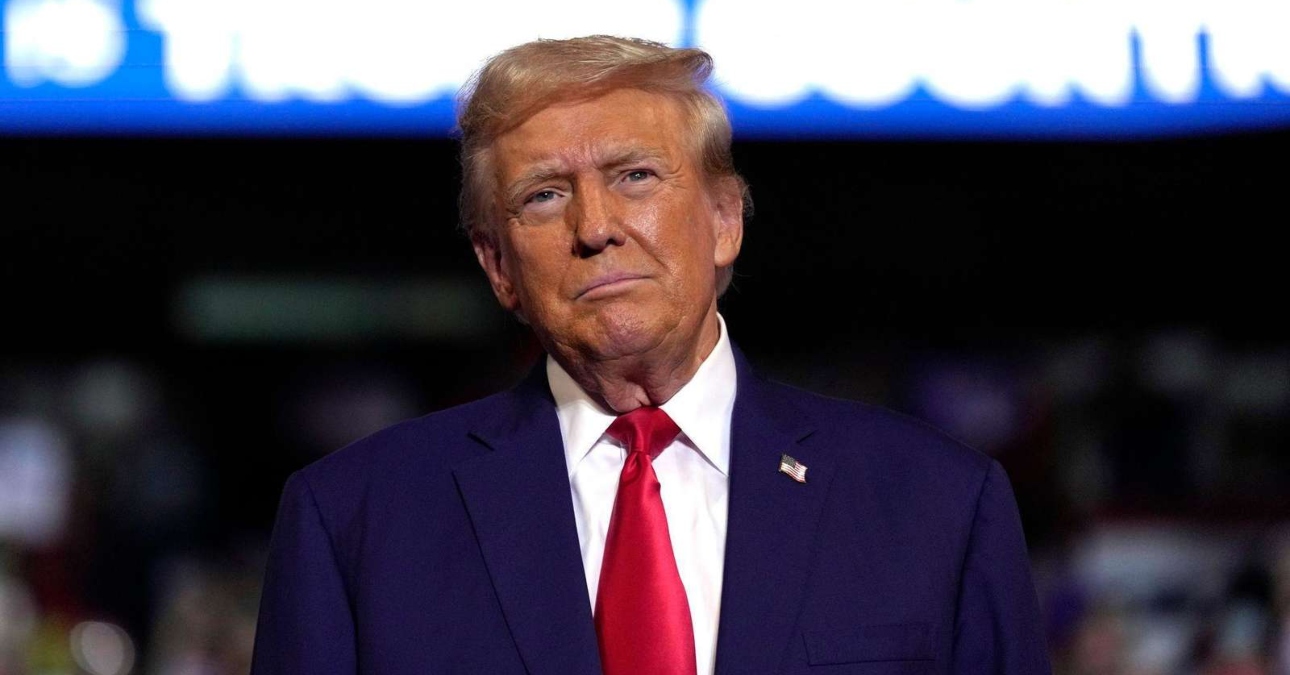President William Ruto departed on Sunday September 7, 2025 for Addis Ababa, Ethiopia, to attend the second Africa Climate Summit, a landmark gathering of Heads of State and Government aimed at advancing Africa’s leadership in climate action and green growth.
Building on the 2023 Nairobi Declaration, which set Africa’s bold climate agenda, President Ruto will launch the report “From Nairobi to Addis Ababa: Africa’s Journey of Climate Action and Partnership.”
The report reviews progress since the first Africa Climate Summit in Nairobi, assesses current realities, and maps future pathways.
He will also witness the signing of the Cooperation Framework for the Africa Green Industrialisation Initiative (AGII), bringing together African governments, financiers, the African Continental Free Trade Area (AfCFTA) Secretariat, and private sector actors.
The framework will coordinate financial and technical support, mobilise investment, and align with key priorities such as the Accelerated Partnership for Renewables in Africa, AfCFTA, and the Alliance for Green Infrastructure in Africa (AGIA).
A Joint Project Preparation Facility, backed by financial institutions, will fast-track bankable green projects.
As chair of the Committee of African Heads of State and Government on Climate Change (CAHOSCC), President Ruto will push for fair resource valuation, equitable carbon pricing, and financial reforms to ease debt and climate risks.
He will also engage in climate finance talks to unlock investment and amplify Africa’s role in shaping global reforms.
Beyond the summit, he will address the Africa-CARICOM (Caribbean Community) Summit on reparatory justice, debt sustainability, and transcontinental cooperation, alongside bilateral meetings to strengthen ties, expand trade, and advance joint action on global challenges.
Meanwhile, President Ruto will be the chief guest at the inauguration of the Grand Ethiopian Renaissance Dam, a symbol of Africa’s self-reliance and a milestone for Ethiopia.
For Kenya, the Ethiopia-Kenya power interconnector already delivers clean, affordable electricity that strengthens energy security, stabilises supply during droughts, and supports industrial growth.
Together with the Kenya-Tanzania interconnector, these regional links enhance power trade, improve grid stability, and advance East Africa’s integration through shared renewable energy.
With peak demand in Kenya now above 2,392MW and rising, the added capacity is vital for powering special economic zones, industrial parks, ICT hubs, and agro-processing.
The partnership directly supports Vision 2030 and the Bottom-Up Economic Transformation Agenda by expanding renewable energy, boosting competitiveness, empowering communities, and deepening regional integration.


